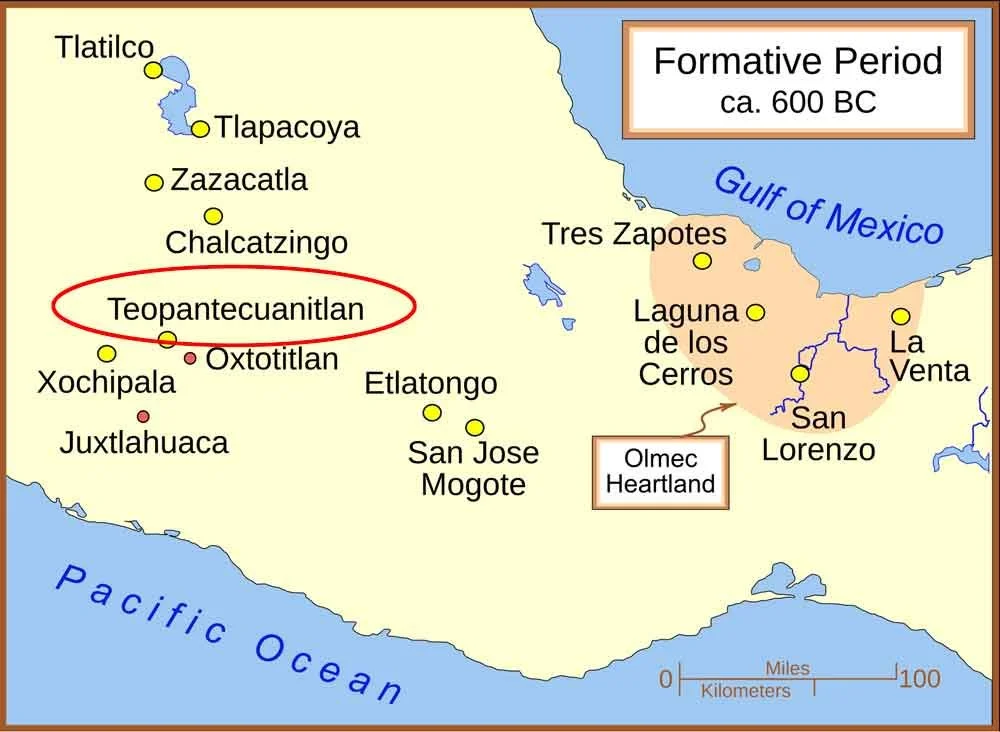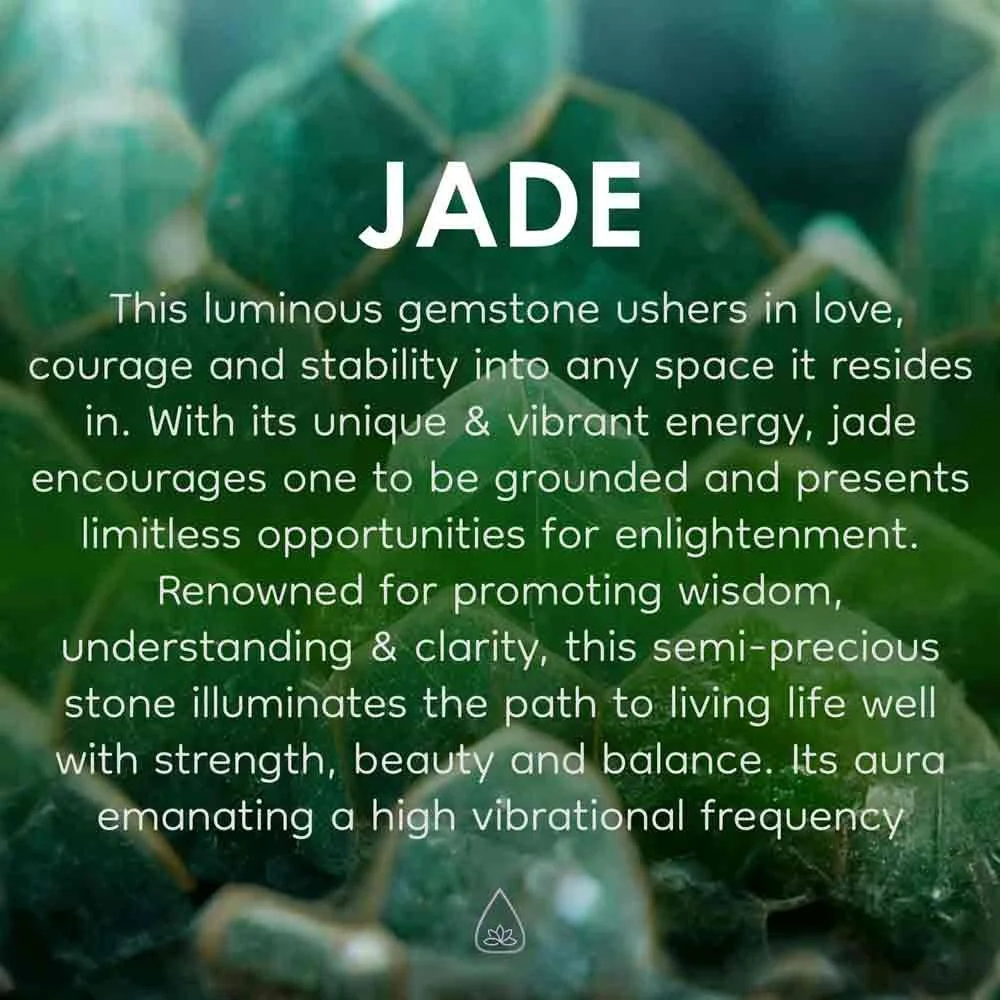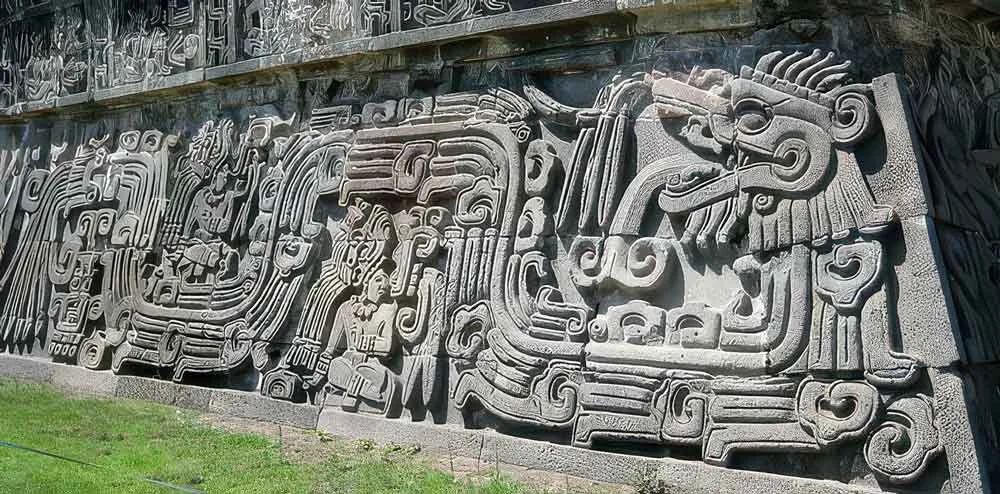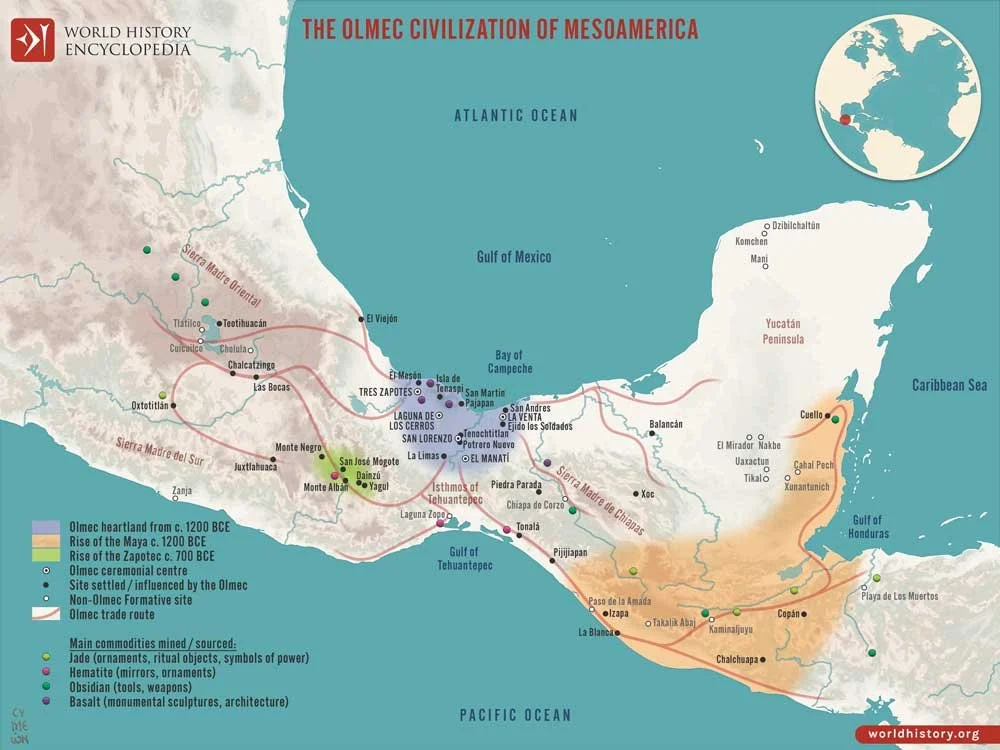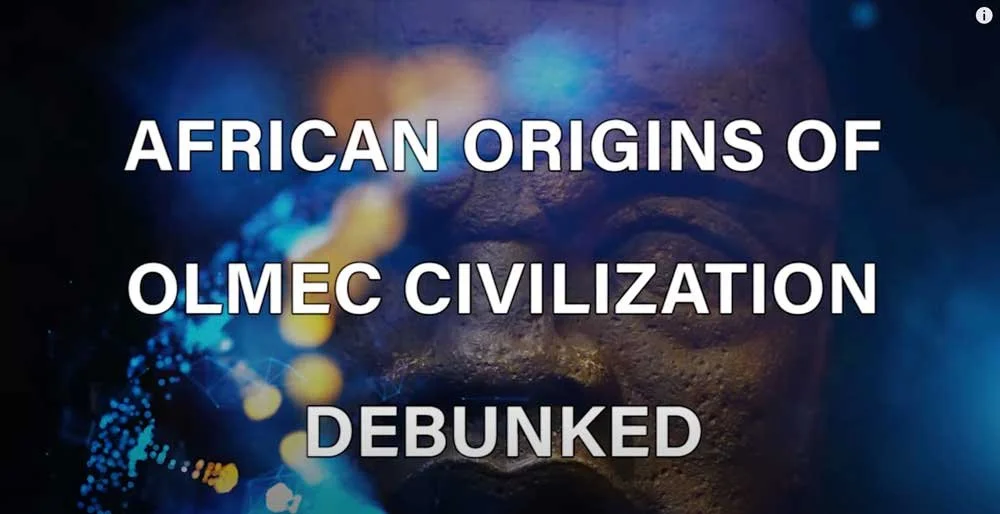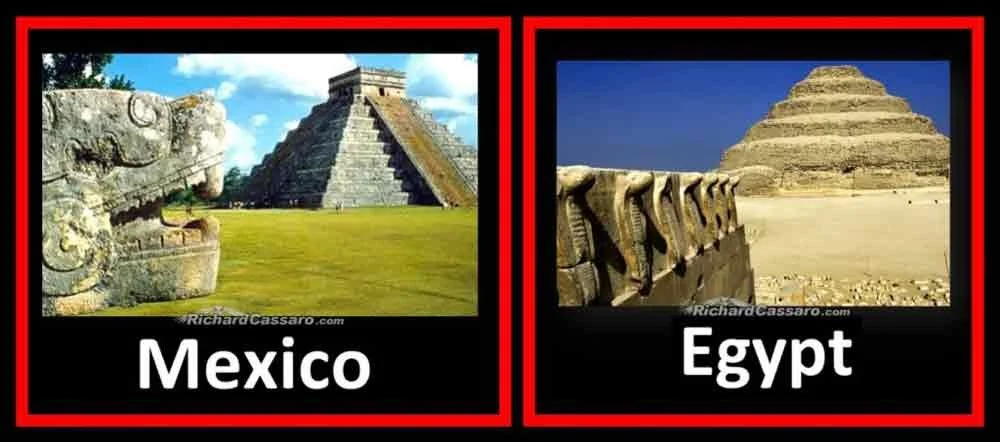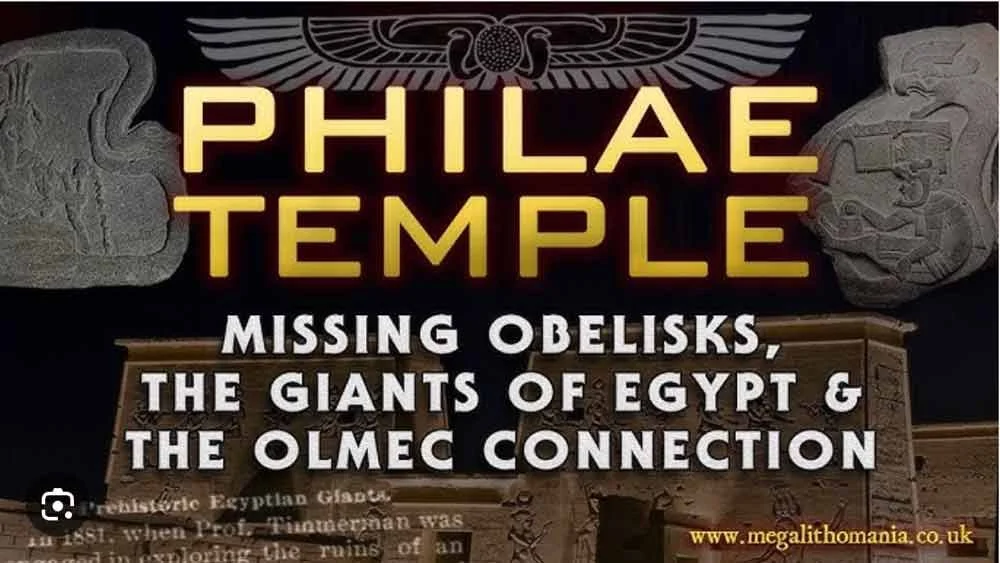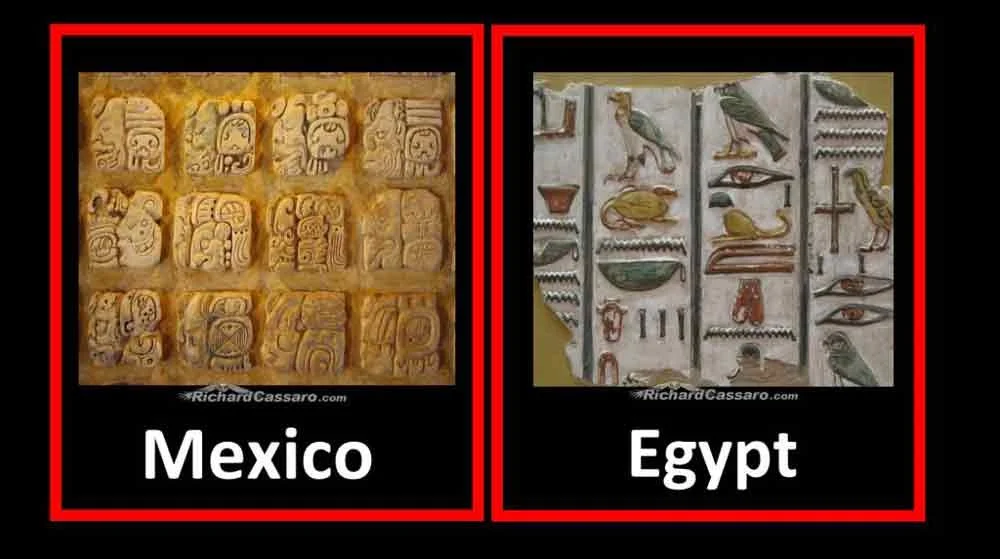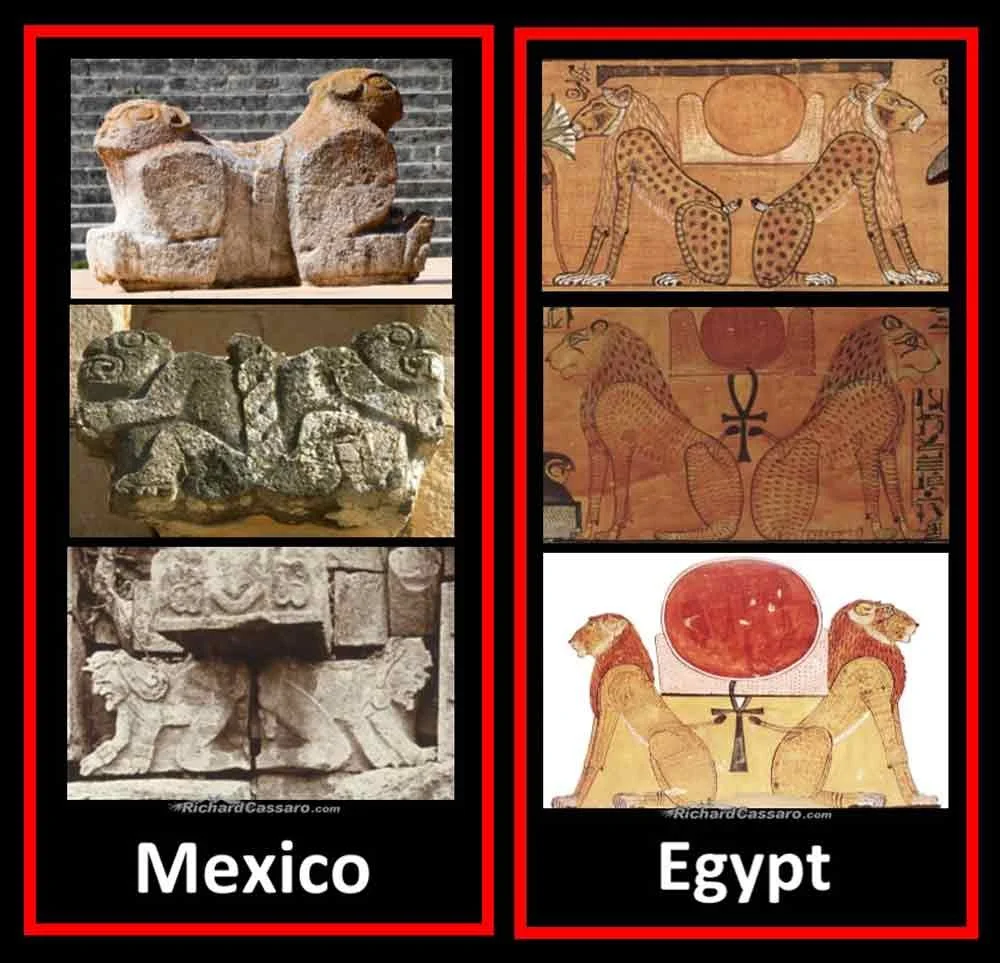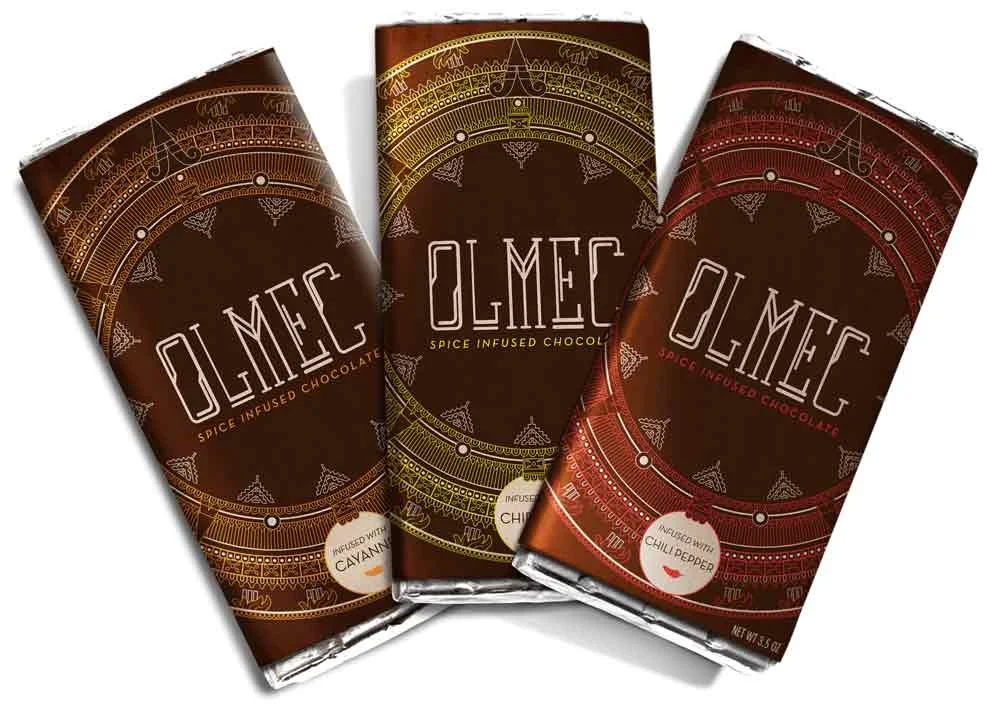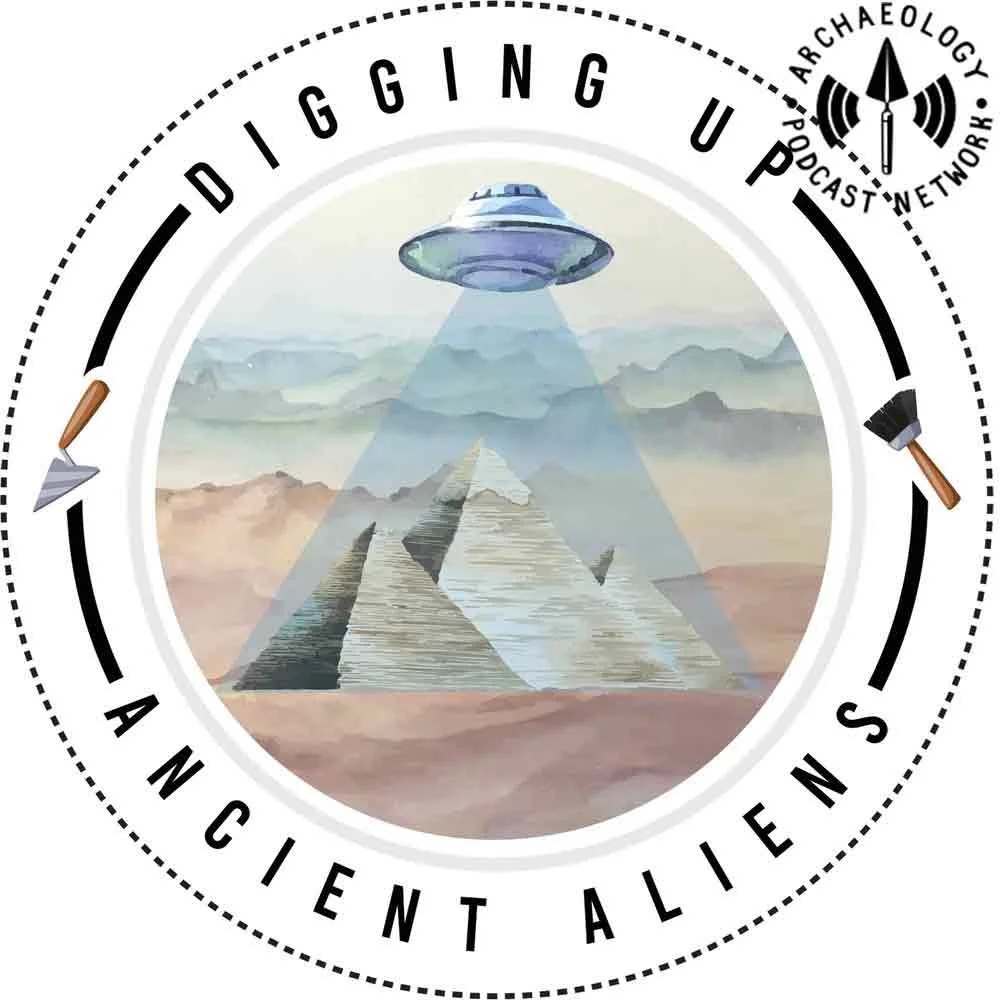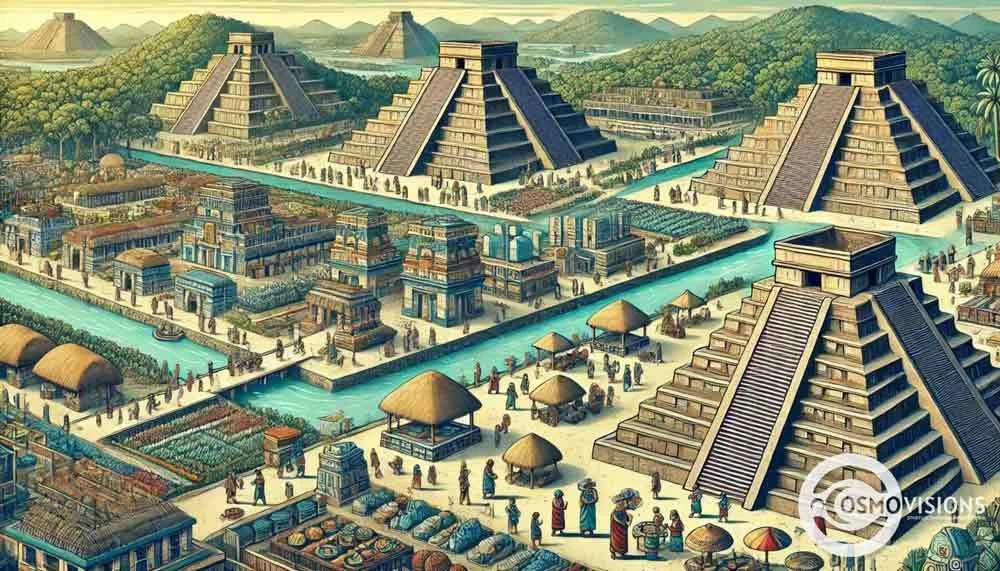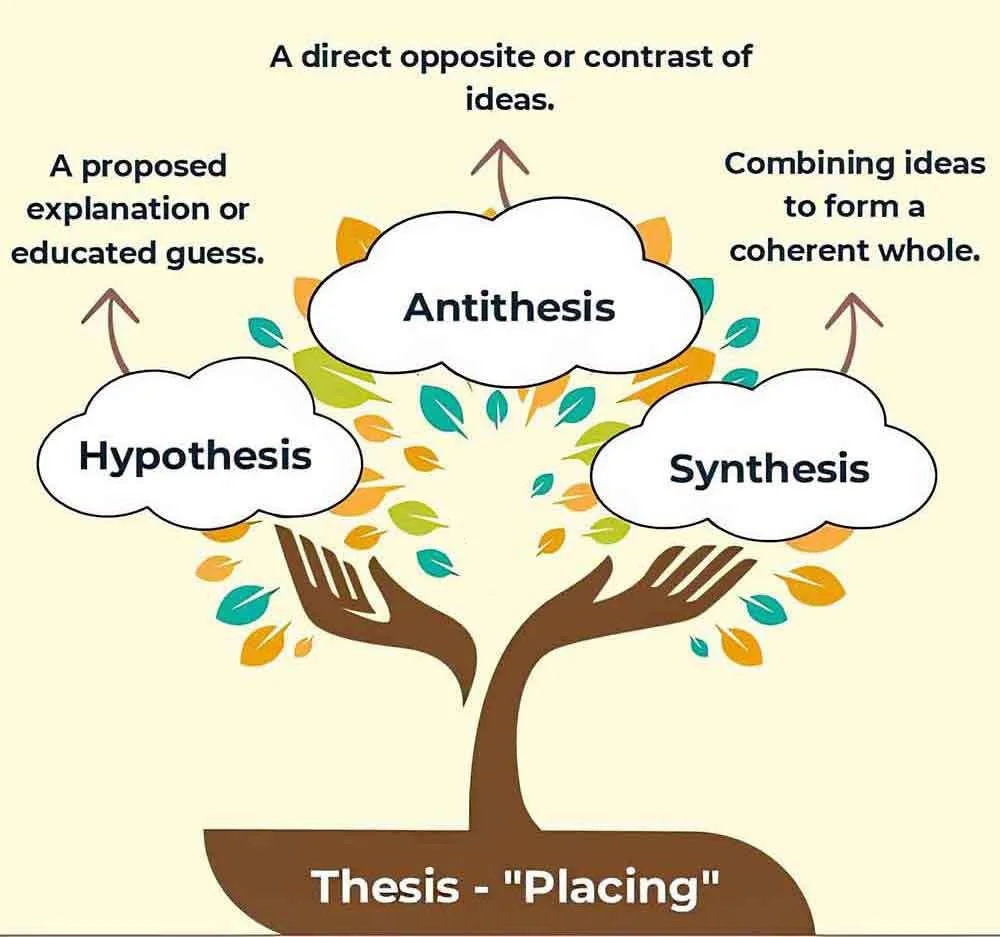THE OLMEC LEGACY: Part 4
START at
STOP at
Take another look at the timeline at the top of this page. What are the dates of the Olmec civilization?
What might we find at a site in Teopantecuanitlan in the modern state of Guerrero?
Describe getting to “Hall of the Dead” in the Juxtlahuaca cave system. (Hint: Look at the big blue rectangle below!)
Were the Olmec peaceful traders or violent warriors?
How much time elapsed between the Olmec Empire and the Spanish conquest? (Hint: A millennium is 1,000 years.)
Those who love conspiracies note three civilizations elsewhere the world that made Olmec culture great. What were these three?
Take a look at the photos below comparing Egyptian and Olmec pyramids. How are they similar?
How are Egyptian and Olmec pyramids different?
What do experts think about the Olmec conspiracies?
The United States in about to celebrate its 250th birthday. How long did the Olmec civilization last?
• READ •
THE OLMEC LEGACY: Part 4
The Olmecs are best known as the creators of Mexico’s first civilization,
and for making some of the country’s most extraordinary works of art.
Teopantecuanitlan
Another site, Teopantecuanitlan, all the way in the modern state of Guerrero, has a ceremonial sunken court flanked with an Olmec-style were-jaguar depiction of the maize god.
Guerrero was an important trading partner with the Olmec because it was a source of high-quality jade, so Olmec presence here shouldn't be that much of a surprise.
Elsewhere in Guerrero, the Juxtlahuaca cave features an extraordinary cave painting of a figure holding a captive bound by a rope.
Other nearby caves show jaguars and even the feathered serpent.
Remember the thrones we discussed earlier, replete with cave imagery? These caves likely held a spiritual significance and the art there is not a coincidence.
Other Olmec or Olmec-influenced sites can be found in Chiapas, the southern Guatemalan coast, and even as far as El Salvador.
PEACE OR WAR?
Now all this begs the question: what was the nature of this contact?
Are these sites evidence of a peaceful trading network or a violent entrada?
There's no doubt that the Olmec had a warrior tradition.
Violence pops up in Olmec art several times, but Olmec artifacts could just as easily be the result of trade items brought back from the Olmec heartland. Nobody really knows, but there's a lot of debate on the topic and the real answer could easily be a combination of both.
What's important about this and what I want you to take away from it is the sheer extent of Olmec contact within Mesoamerica.
With this contact came the cultural and religious trappings that we've been discussing.
Dr. Michael Coe summarizes this very well: "Where they did not go, or where their influence was unfelt, civilized life never took hold, not even in the two-and-a-half millennia that elapsed between them and the Spanish conquest.”
Dr. Coe adds, “Beyond the frontier of the Olmec realm were the barbarians - the people without calendar, writing, and science, without great art, without states and civilized centers."
Conspiracy Theories
Now before we wrap up this video, we need to discuss one last thing that everybody loves - conspiracy theories.
As Mesoamerica's oldest civilization, the Olmec are at the center of many colorful, shall we say, alternate theories.
There are scholars who have suggested that Olmec achievements and art were the result of an outside influence, most commonly from Africa, but you can also read about influences from China and Europe as well.
Some people, most prominently among them Ivan Van Sertima, have suggested that the Olmec colossal heads have African ethnic characteristics, specifically those broad noses and full lips, and thus it's proof of an ancient African contact with Mesoamerica.
Among the many other points are that Mesoamerican pyramids are derived from the pyramids of Egypt and Nubia.
I've read several of these and I can assure you that they are painful to read. All Mesoamerican scholars that I've read agree that there is no substantiating evidence to these claims. Experts point out that these "African" features on the colossal heads are also shared by the indigenous people of the Veracruz region.
They also point out that Mesoamerican pyramids have a well-documented evolution and history, one that is very distinct from the pyramids of Egypt. I also have not seen a shred of genetic or linguistic evidence to back these theories.
On a lighter note, I would also like to add a personal observation that if any African or Asian civilization made contact with the Olmec, how on earth did they arrive in the only chocolate-producing region of the world and not bring chocolate back to the old world? Talk about a miss!
But back to business, this kind of speculation is part of a much larger trend.
There are lots of other conspiracy theories and pseudo-scientific literature that'll tell you that some Native American achievement was the result of European, African, or Asian influence.
These claims are at best the result of poor research and hurried speculation, and at worst deliberate attempts to usurp Native American achievement. Such theories have very little merit and should not be taken seriously.
Arguing that old world inhabitants may have washed up in America or may have had a single episode of contact is one thing, but arguing that there was a sustained transoceanic contact with the Olmec or any other American civilization is baseless speculation.
Conclusion
Fringe theories aside, the Olmec were an extremely successful civilization and left a huge impression on Mesoamerica.
Olmec-style art can be found everywhere. Not only was it prolific, it was extremely long-lived.
Olmec culture lasted over a thousand years but began to finally decline with the abandonment of La Venta in 400 BCE. Some later Olmec sites, most notably Tres Zapotes, soldiered on for a few more centuries before Olmec culture slowly faded away, replaced by newer civilizations who were now heirs to a towering legacy.
I hope I've made it clear just how pivotal the Olmec were in spreading the use of the Mesoamerican calendar, religion, the ballgame, and urban design.
When we cover later topics in Mesoamerica, you'll hear the Olmecs popping up again and again, and you'll get a real appreciation for their legacy.
And with that, I hope you've appreciated this episode on what many consider to be the mother culture of Mesoamerica.
Abandonment - Leaving a place permanently; giving up on something completely
Barbarians - A term once used to describe people considered less civilized (now considered offensive)
Captive - A person who has been captured and held prisoner
Conquest - The act of taking control of a place or people by force
Conspiracy theories - Ideas that claim secret groups are responsible for events, usually without proof
Entrada - A Spanish word meaning a military expedition or invasion
Ethnic - Related to a group of people who share the same culture, language, or ancestry
Fringe theories - Ideas that are not accepted by most experts in a field
Heirs - People who inherit or receive something from those who came before them
Indigenous - Native to a particular place; the original people of an area
Linguistic - Related to language and how it works
Millennia - Plural of millennium; thousands of years
Pivotal - Extremely important; serving as a central point around which other things depend
Prolific - Producing a lot of something; very productive
Substantiating - Providing evidence or proof to support a claim
► COMPREHENSION QUESTIONS
— please answer with complete sentences
Take another look at the timeline at the top of this page. What are the dates of the Olmec civilization?
What might we find at a site in Teopantecuanitlan in the modern state of Guerrero?
Describe getting to “Hall of the Dead” in the Juxtlahuaca cave system. (Hint: Look at the big blue rectangle below!)
Were the Olmec peaceful traders or violent warriors?
How much time elapsed between the Olmec Empire and the Spanish conquest? (Hint: A millennium is 1,000 years.)
Those who love conspiracies note three civilizations elsewhere the world that made Olmec culture great. What were these three?
Take a look at the photos below comparing Egyptian and Olmec pyramids. How are they similar?
How are Egyptian and Olmec pyramids different?
What do experts think about the Olmec conspiracies?
The United States in about to celebrate its 250th birthday. How long did the Olmec civilization last?
► From EITHER/OR ► BOTH/AND
► FROM Right/Wrong ► Creative Combination
THESIS — Argue the case…
ANT-THESIS — Argue the case…
SYN-THESIS — Create a better solution…






